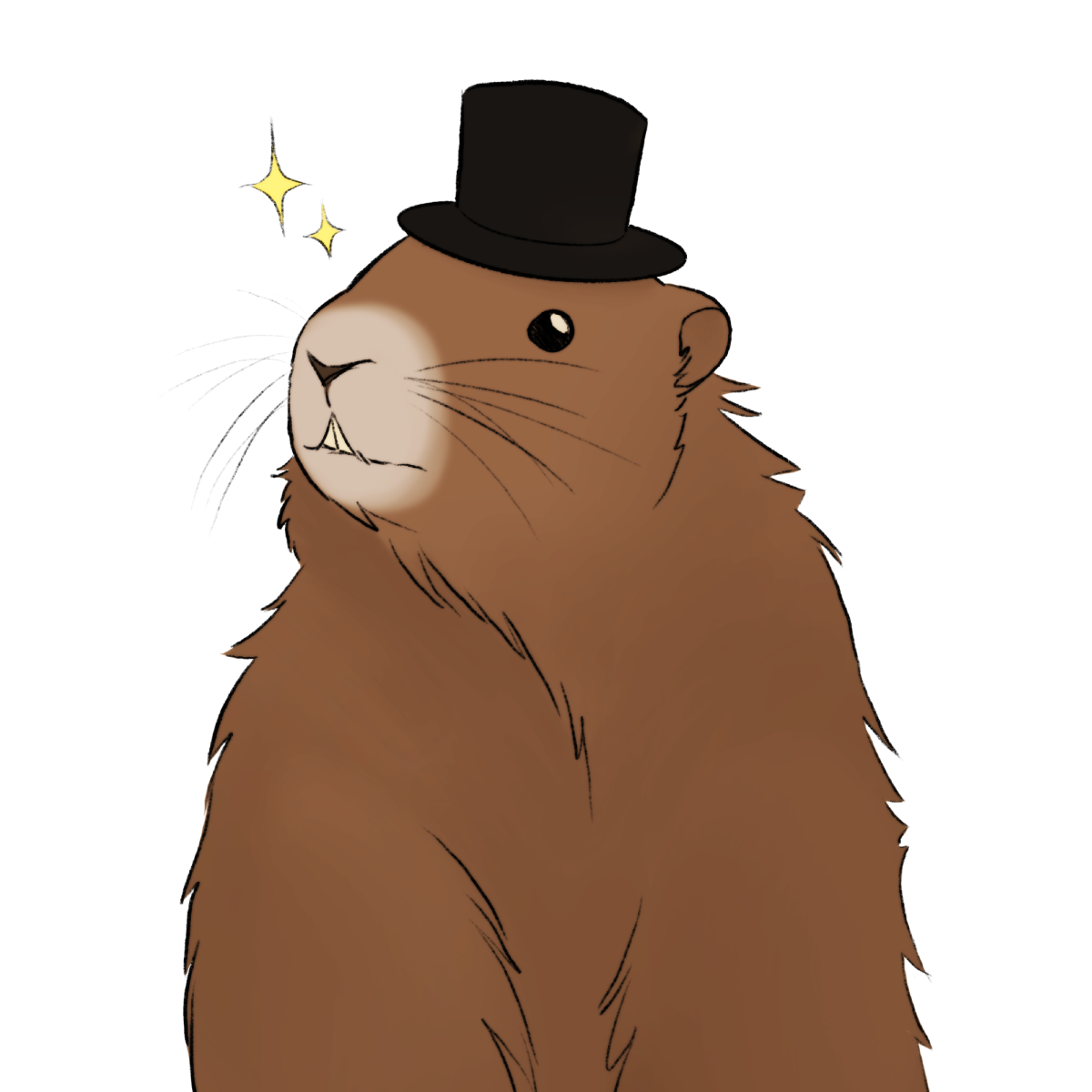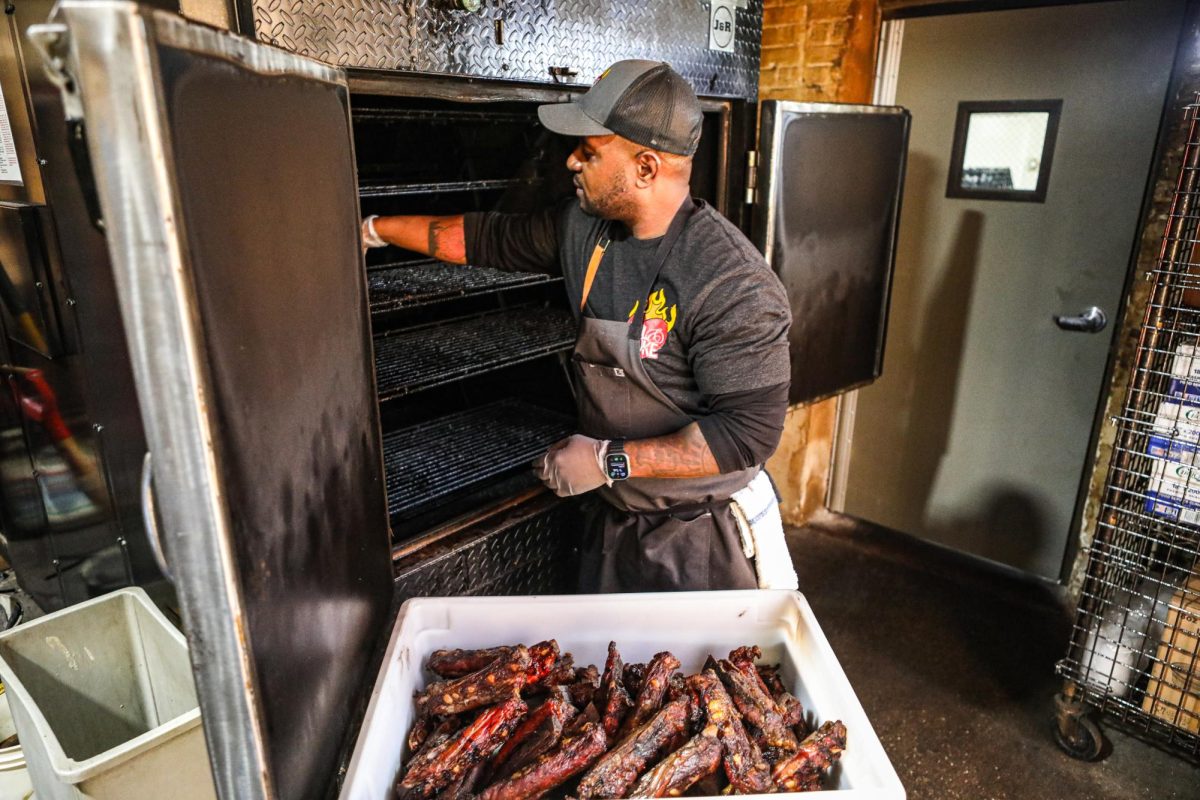Every year on Feb. 2, the whole world watches anxiously as Phil the groundhog emerges from his burrow and looks for his shadow. Or do they? In the modern world of weather apps, does anyone care about Punxsutawney Phil’s prediction?
“It’s an animal; It can’t tell,” said sophomore Lauren Barnett. Many students at ETHS share this opinion.
Groundhog Day originated in Dutch Pennsylvania (Punxsutawney) in the mid 1800’s. It comes from German-speaking areas of Europe, where they had a tradition on Feb. 2 called Candlemas. On Candlemas, a badger, fox or bear, depending on the region, predicted the start of spring. When it was brought to the U.S and Canada, the animal became a groundhog.
If Punxy Phil, as he is affectionately called, peeks out of his burrow and sees his shadow, the winter weather will persist for six more weeks. If he doesn’t, spring weather is right around the corner.
This year, Phil has predicted six more weeks of winter, as Wildkits guessed.
ETHS Biology and Zoology teacher Greg Ruber-Strohm explained the role that groundhogs play in weather analysis.
“The groundhog does proper hibernation and will periodically wake up to check if conditions are favorable.” He explained that this has nothing to do with the groundhogs’ shadow, but they will go back into their burrows if weather conditions aren’t favorable.
Ruber-Strohm does not believe that Phil is able to ascertain the coming of spring.
“Meteorologists with tools and a crazy amount of data can barely predict one week out,” he explained.
Though Groundhog’s day is a holiday not widely-celebrated, it does have its fans. Senior Imogen Eyler says that Groundhog Day plays a big role in her life, being at the core of happy childhood memories.
“My whole life is about Groundhog Day,” she said. “There’s a great movie about it.” Eyler believes in Phil’s abilities 100 percent.
Humans have always tried to find answers to things they couldn’t explain, and Groundhog Day is a perfect example of that. Though the methods may be outdated, it was used as a way to reason with mother nature, and is now a staple of American culture.






